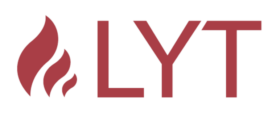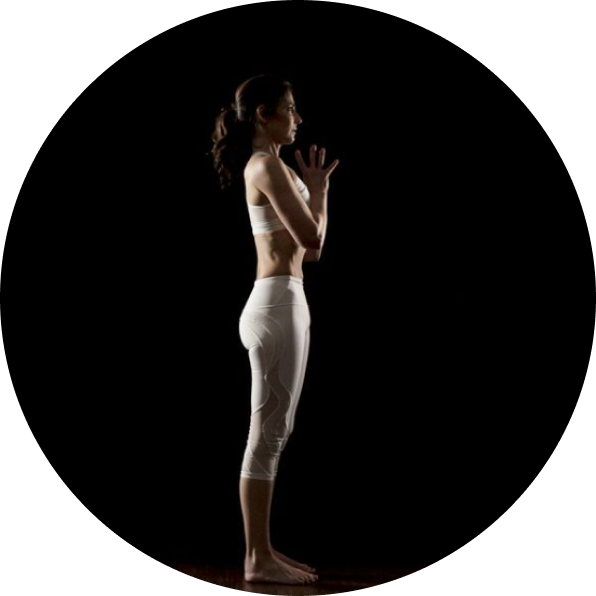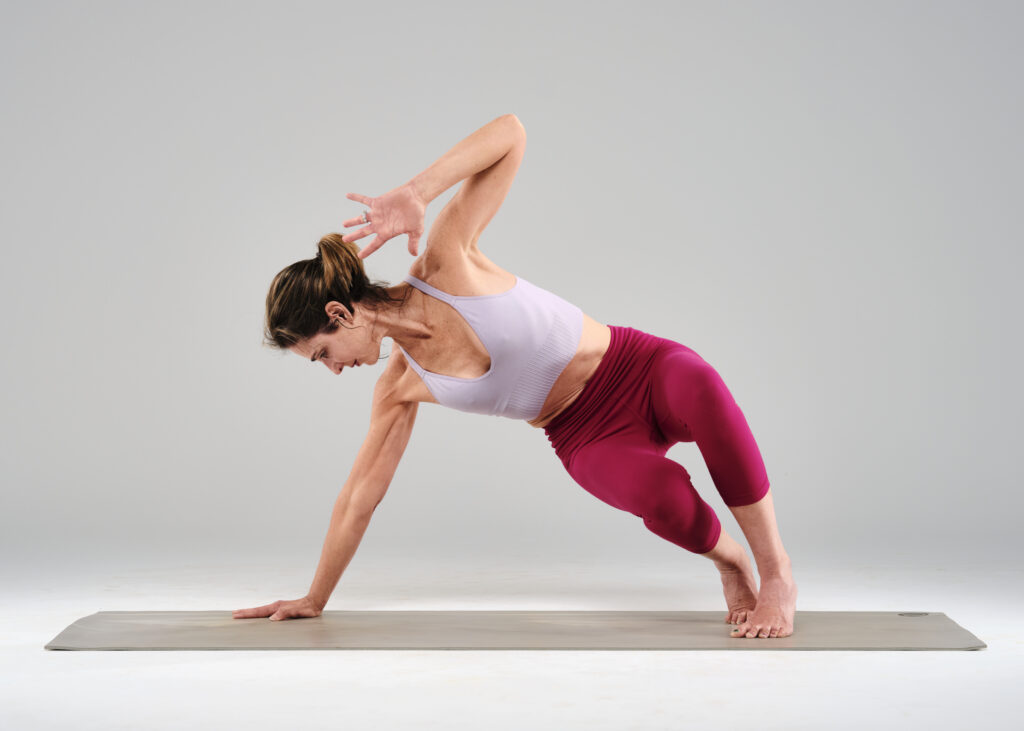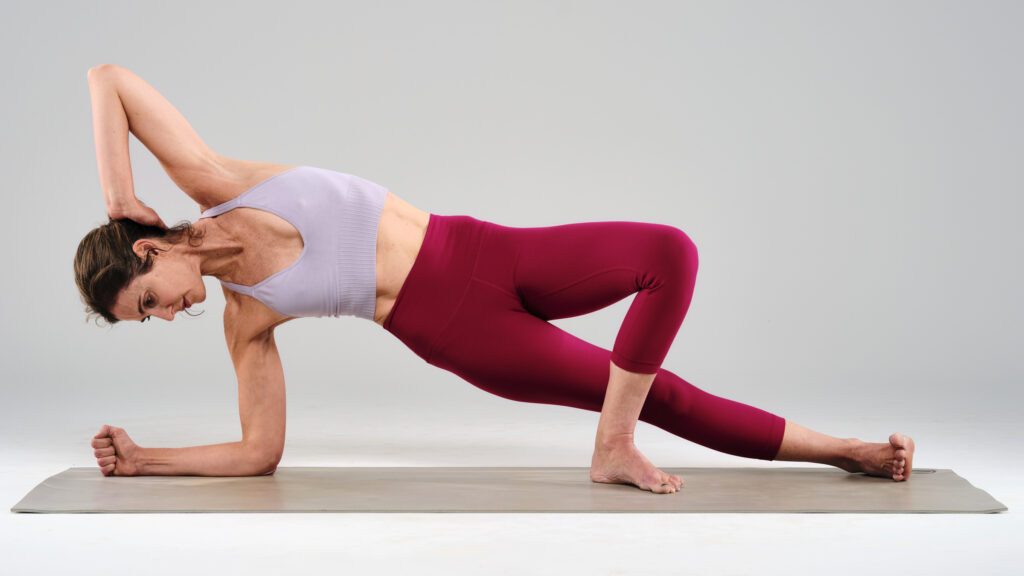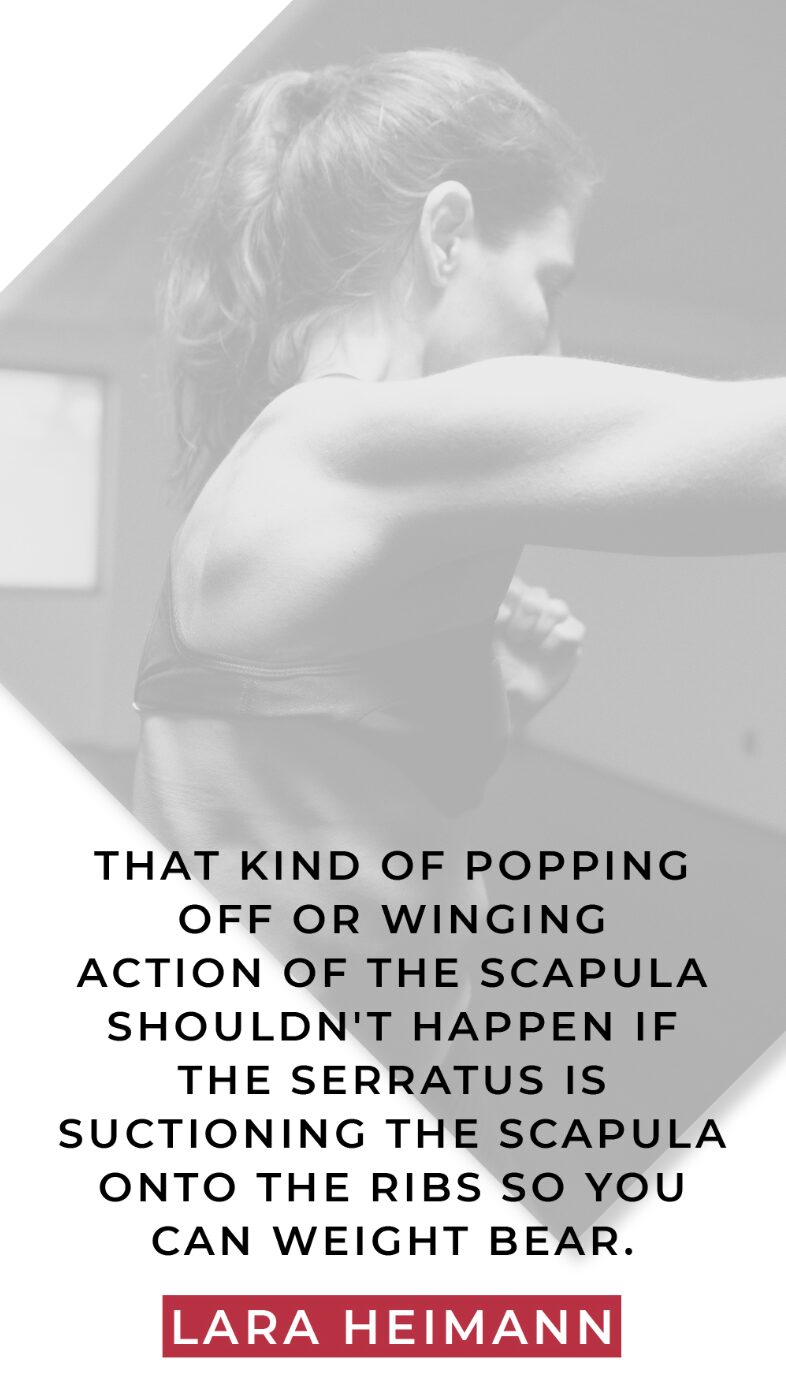
Where is the serratus anterior?
It originates on the top surface of the first to ninth rib. The first rib is up by your collarbone and the 9th rib is the one above the last rib to attach to your sternum (the bottom two ribs don’t).
What does the serratus anterior do?
It’s sometimes known as the boxer muscle because it allows the scapula to pull away from the spine when the arm reaches out like you’re punching somebody. The serratus is also partially responsible for the upward rotation of the shoulder when we lift our arms up overhead, like in yoga. But the other thing it’s really important for is when you’re weight bearing on your hands because it helps to hold the scapula on or close to the rib cage.
What happens when the serratus anterior is not functioning well?
It can cause pain between or under the shoulder blades or under the armpit. You can even get pain with your breathing. Athletes who perform repetitive motions, pitchers for example, might experience problems because their serratus is not developed enough to control that mechanism.
How can you strengthen the serratus anterior?
Exercise 1
If you have rounded shoulders, poor posture, not great breathing or pain around the scapula, first get yourself in a neutral scapula position as best as possible. So you want to find your Triple S, which I’ve talked about in many other episodes. This is where you go against the wall and position the back of the skull, the back of the scapula and the back of the sacrum on the wall. Then reach your arm forward straight out in front of you, make a fist, and practice protracting the scapula, feeling it glide out as you punch your arm forward.
Exercise 2
You can also do the reverse and stand facing the wall. Put your knuckles on the wall, and then push the wall away and let the scapula protract but you’re working isometrically, meaning you’re going to allow it to protract a little bit, but you’re not going to be able to move much more and you just want to hold it there using the resistance of the wall.
Exercise 3
Come on to all fours on the floor and find a neutral position by keeping the arms straight and letting the chest soften like you’re trying to drop the chest down toward the floor. Feel the shoulder blades squeeze in toward each other and then just lift the front ribs up a little until you feel the shoulder blades on the back ribs. The next stage is to hold the shoulder blades exactly as they are and step one foot back at a time, so that you’re in plank pose. Keep that sensation and visualize holding that shoulder blades on the rib cage. That’s the part of the serratus that you need to work on. Video yourself doing this so you can check that you’re using the serratus and not your chest muscles.
Exercise 4
Stand facing the wall and bring your arm way up overhead and bring the pinky finger to touch the wall. So you’re not at 180 degrees in line with your ear, but it’s like probably 150 degrees with the arm up above 90 degrees and the hand on the wall. And then from that position, slide your scapula up to lift the arm up more. Slide it up to like 170 degrees and then just isometrically, meaning you’re not going to change anything, push the pinky finger into the wall and activate that area around the scapula and rib cage because that’s the rotated position that’s working the serratus.
I hope these exercises help you strengthen your serratus. As always, I’m pulling for you.
Resources:
- Check out: movementbylara.com
- Instagram: @lara.heimann
- Facebook: facebook.com/movementbylara
